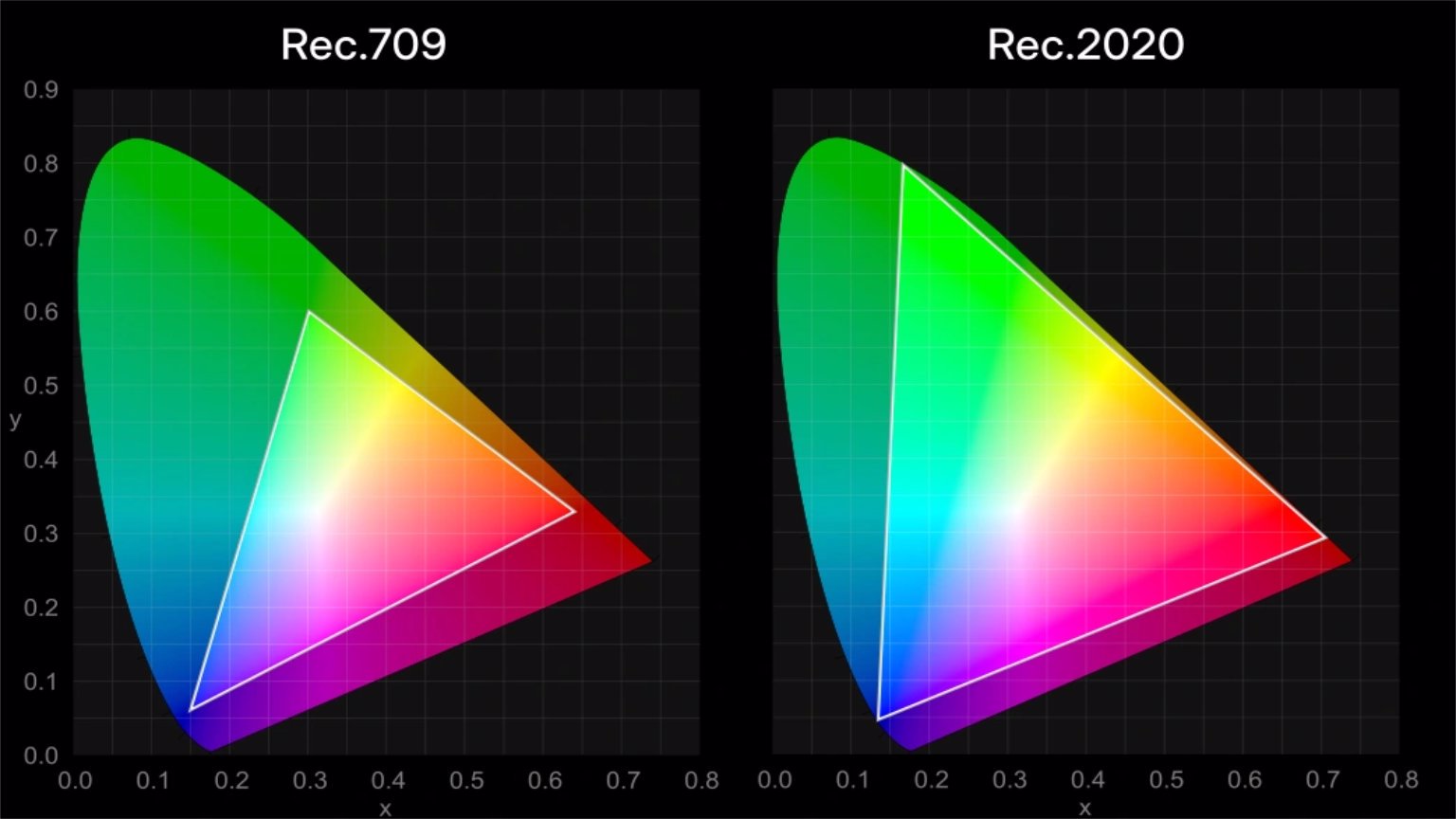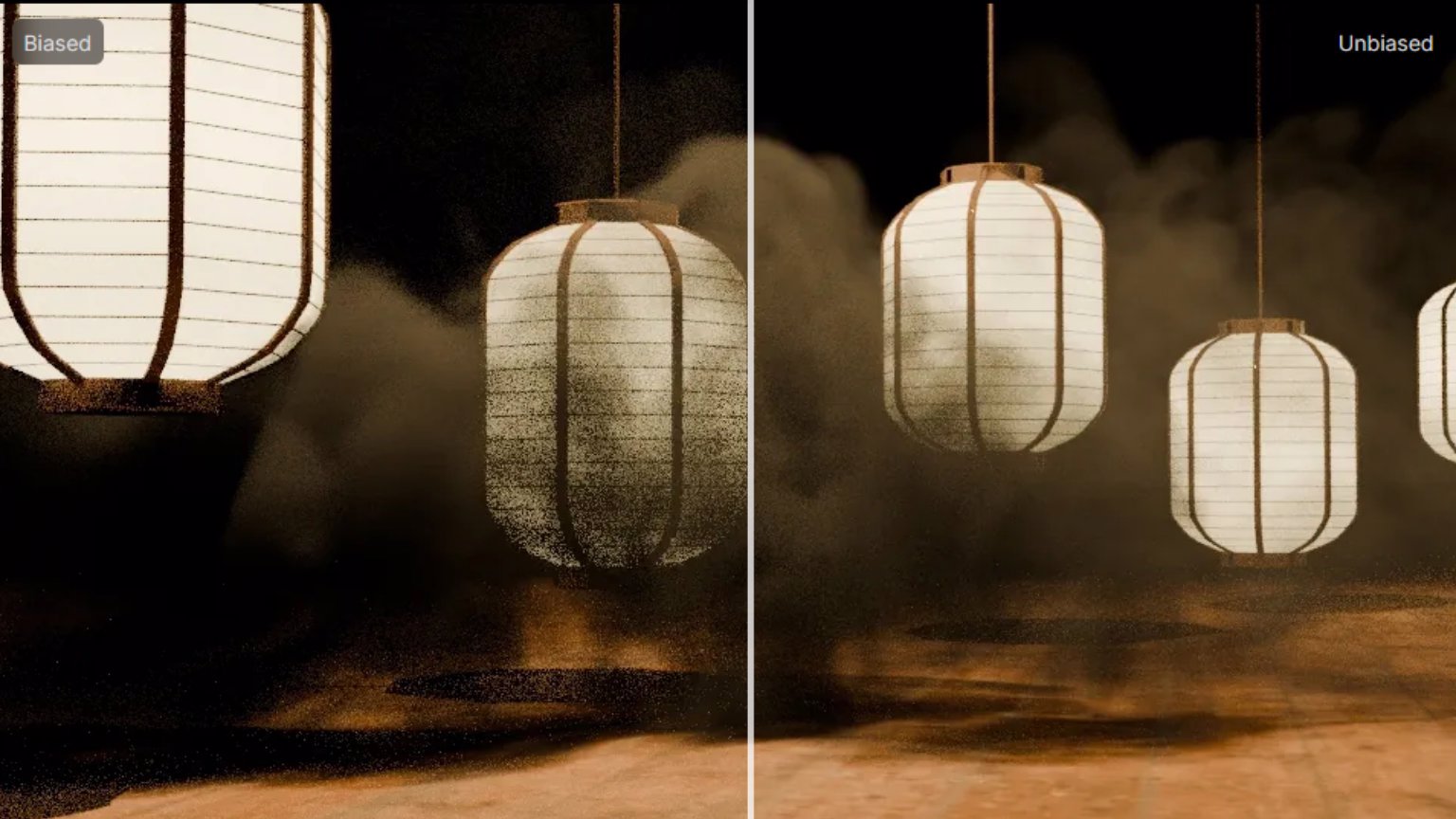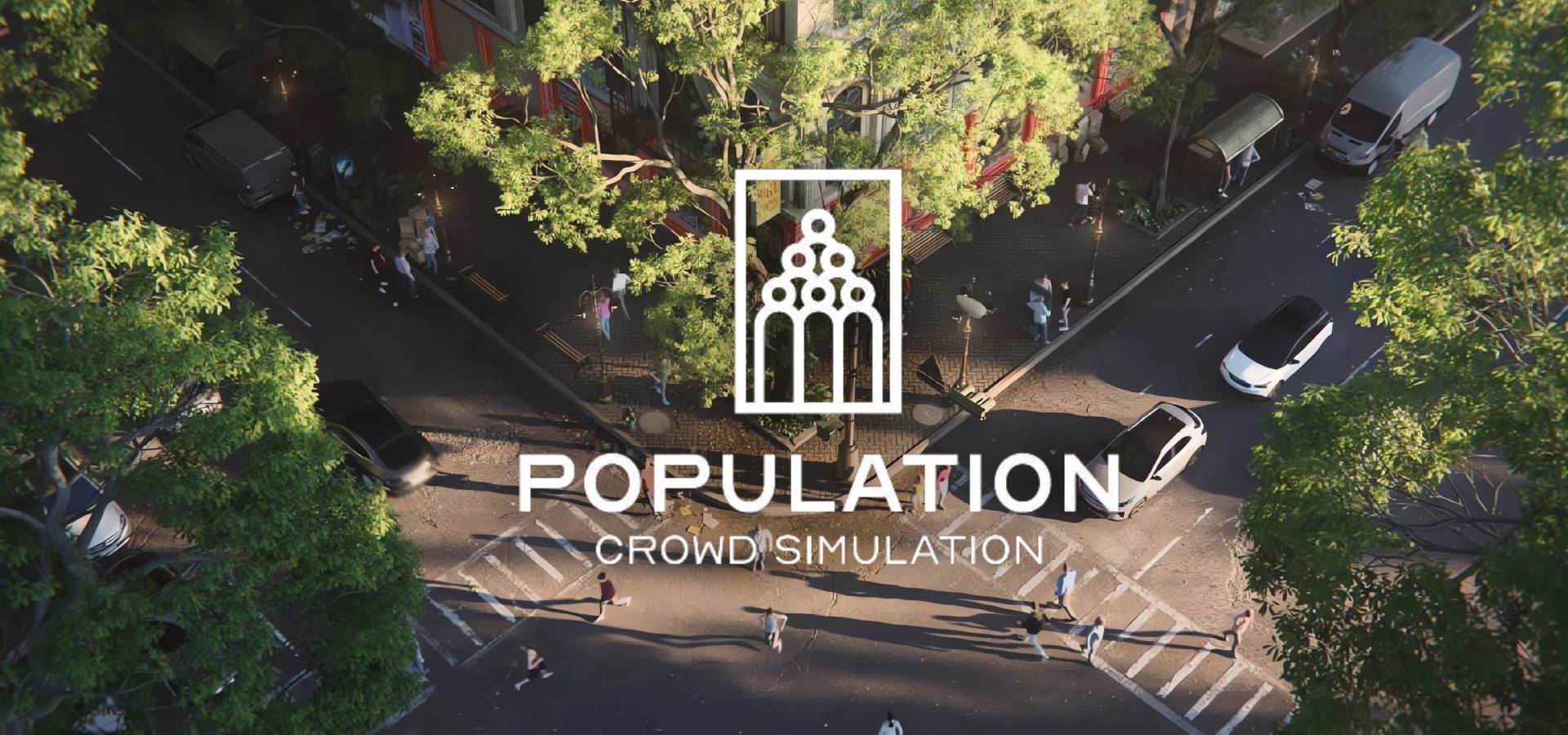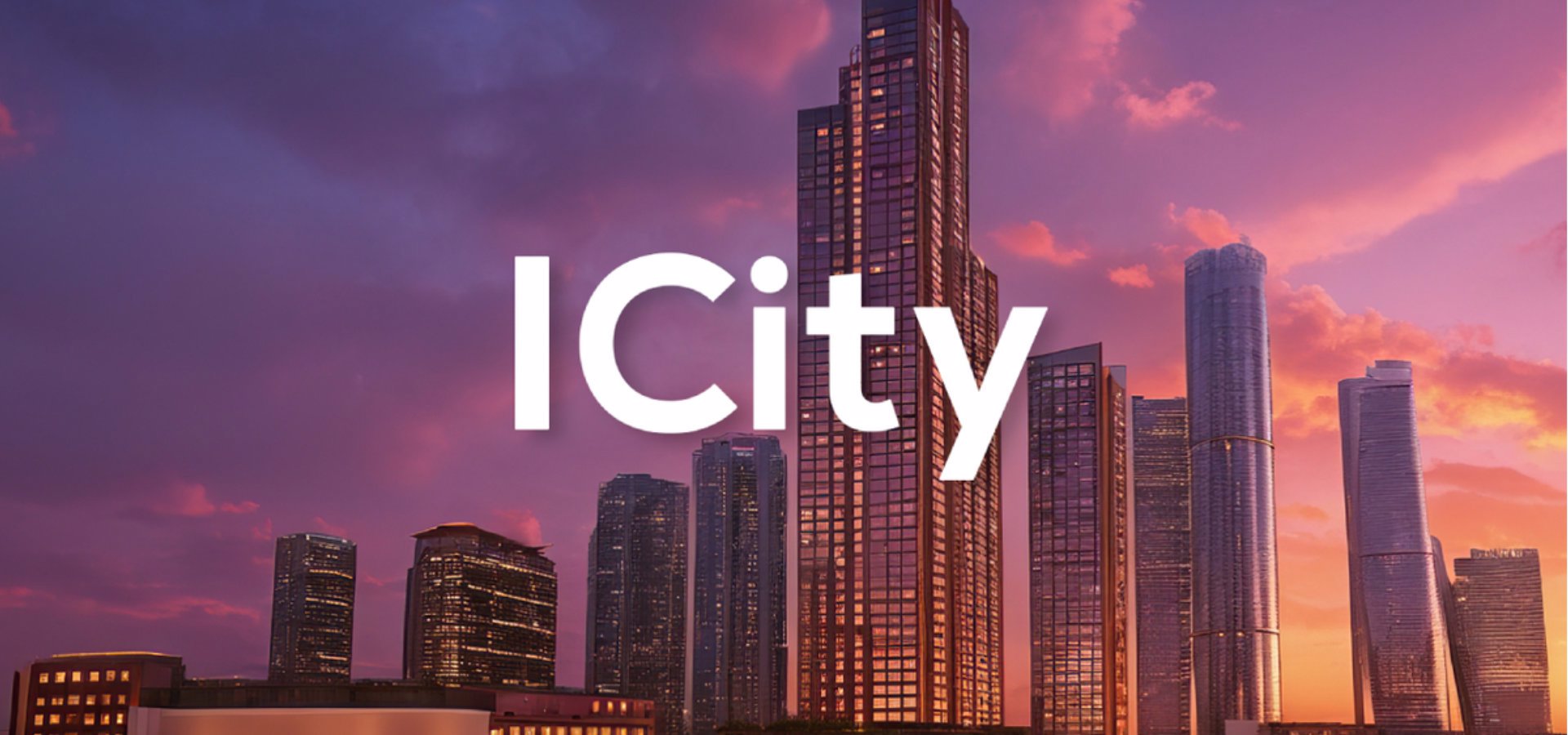Blender 5.0 has arrived only a few months after the 4.5 release, delivering a substantial update that introduces major new features and addresses several longstanding points of community feedback. This version begins a new two-year release cycle and brings wide-reaching improvements across core toolsets, including 3D modeling, texturing, animation and rendering.
A key highlight of Blender 5.0 is its completely redesigned color management pipeline with native support for wide-gamut and HDR color spaces. Blender can now display and export HDR and wide-gamut colors for both images and video. With support for Linear Rec.2020 and ACEScg, artists can work with an expanded range of colors for materials, lighting and compositing while following standard ACES workflows.

Geometry Nodes, Blender's system for procedural modeling and scene layout, now includes full support for volumes. This makes it possible to manipulate volumetric data directly within Geometry Nodes without converting it to meshes or point clouds. The system also introduces six new Geometry Nodes-based modifiers for quicker customization and distribution of objects. In addition, Geometry Nodes now feature redesigned socket shapes, new bundle and closure socket types, and new Volume Grid and SDF nodes.
Cycles, Blender's primary production renderer, has been updated with better volume rendering through a new default algorithm based on null scattering and unbiased sampling. The Metallic BSDF shader now supports thin film iridescence, enabling effects such as the oxide layer that forms on heated metal surfaces.

Subsurface scattering has also been refined. The random walk algorithm now more accurately simulates the way light moves through slightly translucent materials like skin or marble.
Smoke and fire simulations are now rendered using NanoVDB instead of the standard OpenVDB format, which can lower memory usage.
Both the compositing system and the Sequencer have received a number of significant updates, including a key feature that combines their functionality. The new Compositor modifier makes it possible to apply and edit compositing node trees directly within the Sequencer. This addition supports more streamlined workflows for motion graphics artists and VFX editors by reducing the need to switch between tools.
The update also introduces more than one hundred UI improvements, including a major revision to how themes are created. Additional toolsets have received updates, with enhancements for digital sculpting, texture map baking, rigging and UV editing, including new options for packing and aligning UV islands.
The release also improves storyboarding capabilities, and the Grease Pencil toolset now supports motion blur as well as sharp and flat corners on strokes. Shading nodes and the Animation editors have likewise received a range of improvements.
For a complete overview of the new features and changes, refer to the official release notes.




